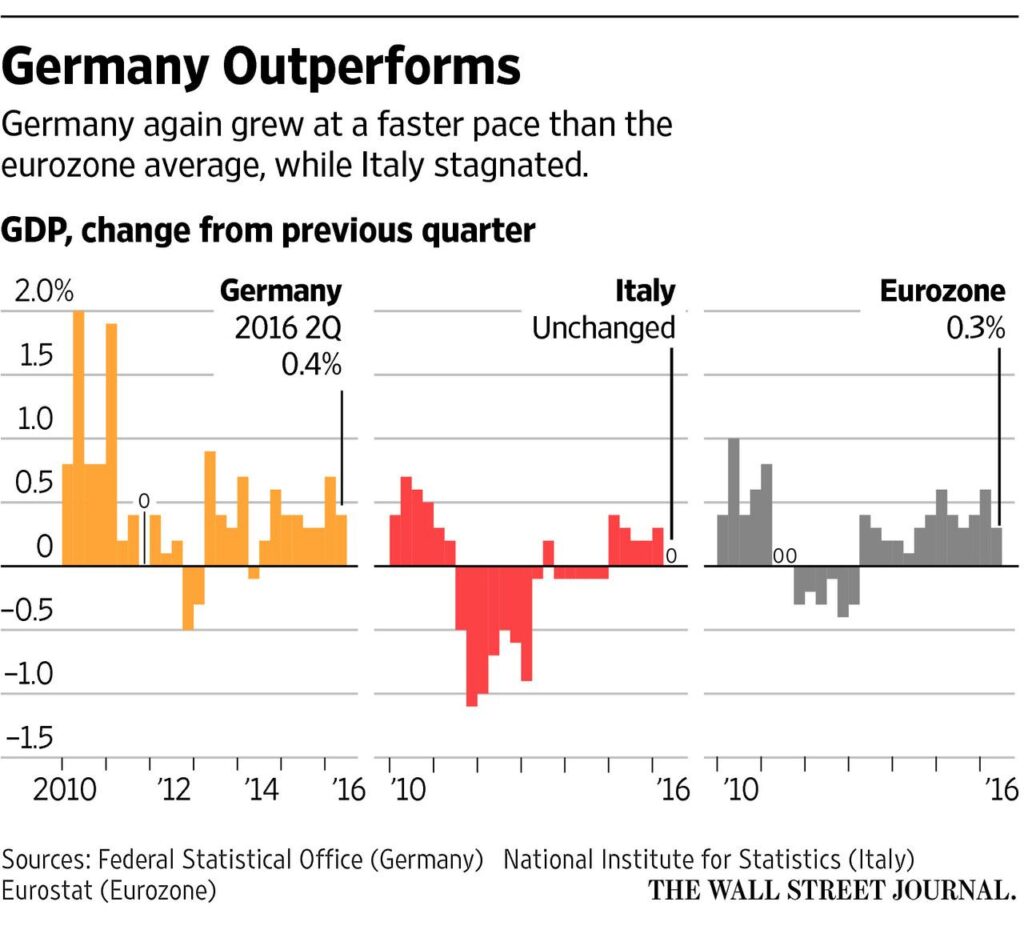Germany’s Economic Outlook: Navigating Challenges Ahead
The German government has issued a concerning forecast for the nation’s economy, predicting that growth will stagnate in 2025. This projection is largely attributed to rising tariff disputes and uncertainties in global trade. A recent report from Reuters highlights that officials are preparing for a tough economic environment as increasing protectionist policies disrupt trade dynamics and hinder investment opportunities. As Europe’s largest economy and a crucial player in international supply chains, Germany faces the dual challenge of managing strained international relations while addressing its own economic weaknesses. Economists are closely observing how these tariff conflicts may impact key sectors, with potential repercussions extending throughout the European Union.
Effects of Trade Disputes on Germany’s Economic Forecast
The ongoing trade tensions and variable tariffs are expected to have profound effects on Germany’s economic future, with predictions indicating possible stagnation by 2025. Analysts emphasize that this atmosphere of uncertainty is significantly undermining business confidence and investment—two vital elements for a thriving economy. The government’s latest projections indicate that persistent tariff disputes, especially with major trading partners, could disrupt supply chains and result in missed export opportunities. The sectors most likely to be affected include:
- Automotive Sector: A fundamental component of Germany’s economy facing direct impacts from tariffs on parts.
- Manufacturing Industry: Rising costs for raw materials may squeeze profit margins and diminish competitiveness.
- Technology Sector: Dependence on global supply networks exacerbated by tariffs could stifle innovation efforts.
The consequences extend beyond mere statistics; an economy at a standstill can lead to increased unemployment rates and diminished consumer confidence, creating a negative feedback loop affecting various population segments. The government has warned that without substantial policy changes—such as negotiating beneficial trade agreements or promoting domestic production—the prospects for economic recovery appear grim. To illustrate anticipated declines further, the following table outlines projected growth rates:
| Year | Projected Growth Rate (%) |
|---|---|
| 2023 | 1.5% |
| 2024 | 0.8% |
Strategic Government Response to Economic Challenges
The government’s approach to countering impending economic stagnation involves both immediate actions and long-term strategies aimed at alleviating the effects of tariff disruptions.
Key initiatives under consideration include fiscal stimulus packages designed to enhance consumer spending while encouraging business investments:
- Increased public infrastructure investment to generate jobs and stimulate growth.
- Tax relief programs for small businesses aimed at enhancing their competitive position.
- Subsidies targeted at vulnerable sectors , particularly manufacturing and exports, intended to protect jobs while stabilizing supply chains.
< /ul >
Together with these immediate measures , strategic recommendations advocate strengthening trade relationships while diversifying export markets , thereby reducing dependence on economies sensitive to tariffs . Enhancing the internal market within the European Union can also bolster resilience against external shocks . To visualize these proposed strategies , refer below : p >
| < b >Strategy< / b > th > | < b >Expected Outcome< / b > th > < / tr > < /thead > | ||||||||||
|---|---|---|---|---|---|---|---|---|---|---|---|
| Increase public investment< / td > | Job creation along with economic stimulation.< / td >
< / tr > | ||||||||||
| Diversify trading partnerships.< / td > | A stronger defense against fluctuations caused by tariffs.< / td > tr > tbody > table >< h2 id = "long-term-implications-of-stagnant-growth-on-industries-and-workforce" > Long-Term Implications of Stagnant Growth on Industries & Workforce
The anticipated stagnation in Germany’s growth starting in 2025 could lead to numerous long-lasting effects not only impacting its strong industries but also affecting its workforce significantly . The ripple effect from stagnant growth is likely manifesting asdiminished investments, posing serious challenges for companies striving towards innovation while maintaining competitiveness globally . Major industries such as manufacturing , automotive ,and technology might struggle adapting emerging trends risking loss market share . Additionally prolonged periods without significant development could triggera talent exodus, where skilled professionals seek better opportunities abroad offering dynamic job markets . Despite potential governmental interventions like social welfare programs or retraining initiatives prevailing sentiment among businesses might lean towardssavings measuresand layoffs** which would escalate unemployment levels straining community social structures heightening reliance state support systems . These trends will reverberate beyond corporate realms inevitably influencing consumer trust creating vicious cycles hindering sustainable recovery efforts moving forward proactive approaches essential stave off dire outcomes focusing fostering innovations investing human capital reforming regulations align global competitive standards.
|
